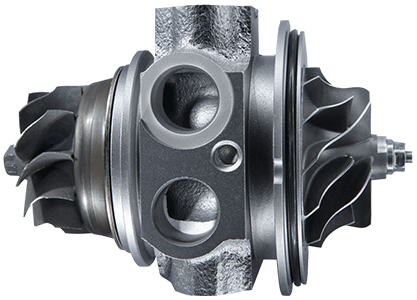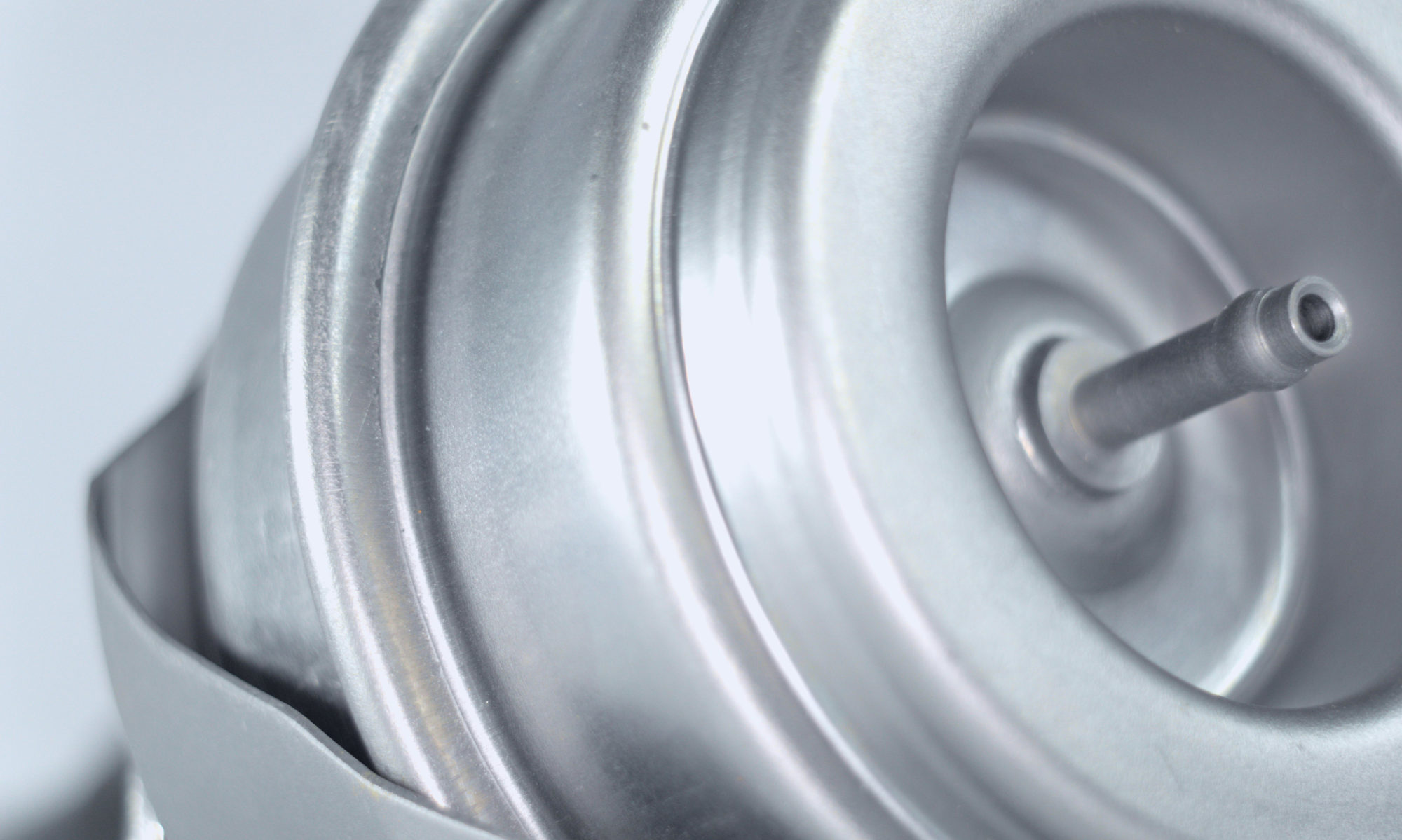The information presented here will help clarify some of the often misunderstood effects of turbocharger construction, repair and test details surrounding the requirements of accurate shaft balancing.
All turbochargers require that the rotating shaft utilising a pair of turbine wheels is dynamically-balanced at rotation speeds of 150,000rpm and sometimes higher.
This specialised procedure is carried out on all new, remanufactured and repaired turbos.
The test equipment consists of highly sophisticated devices such as accelerometers, high-speed stroboscopic light detectors, fine-tuned tachometers and state-of-the-art computer software.
To achieve such high levels of accuracy, the manufacturers use special fasteners designed to retain compressor-wheels to meet these exacting standards.
The balancing process uses a machine that identifies where small amounts of metal need removing from the compressor-wheel.
A small reflective line of paint helps the machine to determine the exact position of where there is an excess of material. The procedure is highly technical and requires a great deal of skill to perform the turbos balancing needs, correctly.
There is no known method for detecting the levels when a turbocharger is ‘out of balance’. The out of balance effect can cause vibrations when attached to a running engine. The amounts of natural vibration caused by a running engine are far too high.


